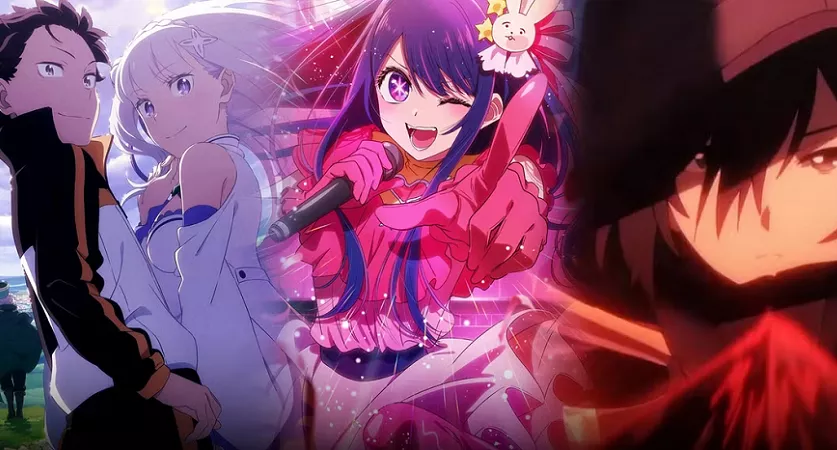KADOKAWA’s Chief Anime Officer, Takeshi Kikuchi, has outlined the company’s future plans for stabilizing anime production in an interview with Mainichi. The company, one of Japan’s largest anime producers by annual series output, aims to navigate the growing challenges of high production costs and demand for consistent content delivery.
Kikuchi emphasized that simply increasing the volume of productions would lead to diminishing returns due to escalating costs. “Rather than ramping up the number of projects, we need to think creatively,” he said. “Sequels to popular series and extending episode counts are some of the ideas we are focusing on. To sustain stable production, it’s essential to expand our in-house studio network.” KADOKAWA is known for hit series such as Re:Zero, Oshi no Ko, The Eminence in Shadow, and Classroom of the Elite.
The company’s in-house studios include ENGI (53% stake), KADAN, Kinema Citrus (31.8%), and Doga Kobo. Kikuchi noted that KADOKAWA selects projects based on the strengths of each studio, and the company is open to expanding its studio roster if opportunities arise. He also revealed that the company’s annual anime sales exceed 30 billion yen (~US$190 million), with plans to increase this figure by 50% over the next three years.
KADOKAWA’s approach to successful anime production includes strategic collaboration with original creators. For example, the timing of the Oshi no Ko anime was carefully planned to coincide with the manga’s conclusion. Kikuchi stressed the importance of presales and accelerating production timelines to ensure overseas markets can engage with series in a timely manner, boosting their global appeal.
In a follow-up interview with Nikkei in October, Kikuchi reiterated the importance of completing anime production well in advance of the Japanese release. He warned that failure to do so risks pushing viewers toward fan-subbed versions available on piracy sites, undermining the series’ official release. KADOKAWA is also developing a centralized contracts system for freelancers—an essential move in an industry heavily reliant on temporary staff. The system, set to be completed by 2025, will streamline freelancer tracking and ensure accurate, timely logging of their involvement in projects.
Kikuchi’s comments highlight the challenges the anime industry faces, particularly with the rise of sequels and extended episode counts. Many industry veterans note the difficulty of passing down skills to younger animators due to time constraints and limited interaction with freelancers, who often work on short-term contracts. By extending production schedules and focusing on sequels, KADOKAWA hopes to create more stable work for animators and improve the overall skill level within the industry. It could also lead to more freelancers being brought in-house, providing them with more sustainable employment opportunities.
The company is also investing in educational initiatives, with plans to expand training programs for animators and voice actors, aiming to provide clear career progression for its staff. Kikuchi emphasized the company’s goal to make the development of animators’ careers a competitive advantage. “We want to make it our strength to be able to plan the lives of our animators,” he stated.
However, while Kikuchi’s vision for growth addresses some pressing issues in the anime industry, there are concerns about the sustainability of the strategy. By focusing on sequels and extending episode counts, KADOKAWA may inadvertently contribute to the ongoing production crunch that has affected many anime studios. Longer production windows for sequels may provide more time for animators to refine their skills, but it could also lead to fatigue within the industry, especially if studios face increased pressure to maintain output.
The potential for production delays or failures due to overextension remains a concern. Industry experts, such as Spy x Family and Attack on Titan producer Yuichi Fukushima, have warned that two-cour anime series (spanning two seasons) are becoming more difficult to manage, with the growing complexity of long-form storytelling adding pressure to production teams. Moreover, a heavy emphasis on sequels could stifle originality in anime production, limiting the variety of stories brought to life on screen.
As KADOKAWA continues its push to acquire more studios, the broader trend of focusing on sequels and long-running franchises could gain momentum across the industry. Other major anime production companies may follow suit, potentially reshaping the landscape of anime production in the coming years.


